Set 136
793. 9" long
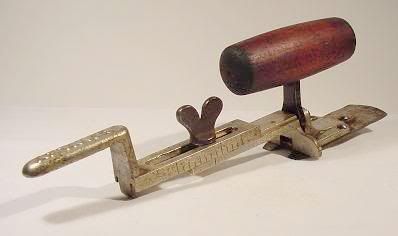
794. 42" tall
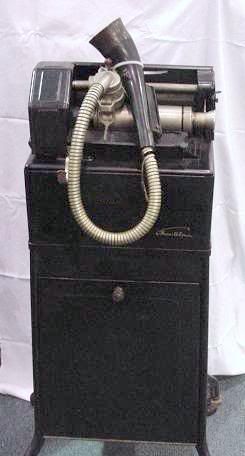
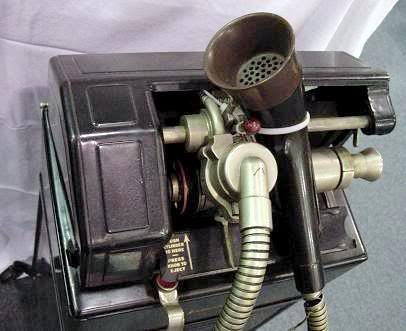
795. 5/8" x 5/8" x 11-1/4", not sure exactly what this one is; turning the end piece slowly raises the inner parts:
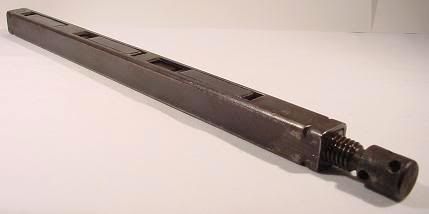
After 2-1/4 revolutions, the first piece is fully raised:
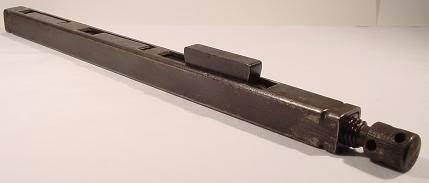
Another 2-1/2 turns for the second:
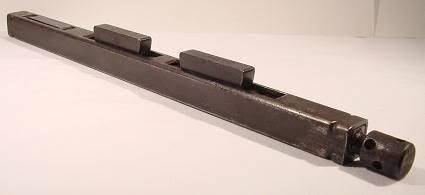
And the same for the third:
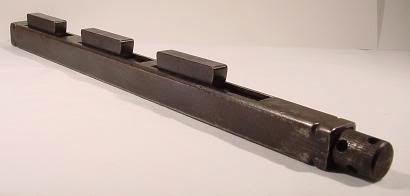
I made this drawing to show the inside parts, turning the screw forces the cylinders into the trapezoidal pieces, which raises them up:
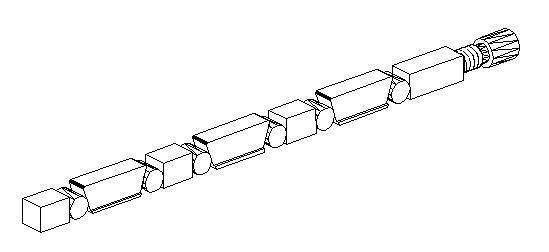
796. Partial/close-up shot:
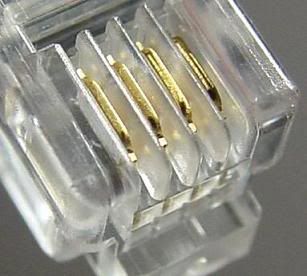
797. 7-1/2" long, patented Oct. 9, 1883:
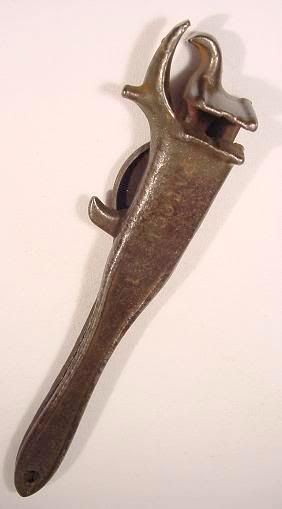
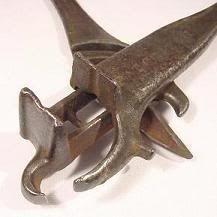
798. 3-1/4" long, the owner of this pocket knife is looking to find out if it was made for a particular purpose:
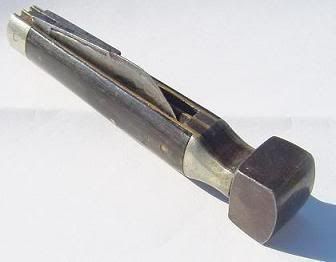
Answers
Last week's set is seen below, click here to view the entire post:
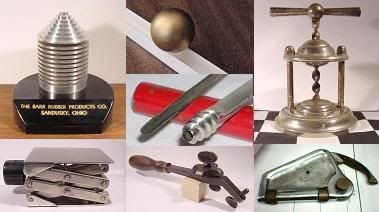

794. 42" tall


795. 5/8" x 5/8" x 11-1/4", not sure exactly what this one is; turning the end piece slowly raises the inner parts:

After 2-1/4 revolutions, the first piece is fully raised:

Another 2-1/2 turns for the second:

And the same for the third:

I made this drawing to show the inside parts, turning the screw forces the cylinders into the trapezoidal pieces, which raises them up:

796. Partial/close-up shot:

797. 7-1/2" long, patented Oct. 9, 1883:


798. 3-1/4" long, the owner of this pocket knife is looking to find out if it was made for a particular purpose:

Answers
Last week's set is seen below, click here to view the entire post:


9 Comments:
796. telephone plug.
By Anonymous, at 10/12/2006 7:25 AM
Anonymous, at 10/12/2006 7:25 AM
796 RJ11 connector for telecommunications devices, most commonly used for standard telephone lines.
By Bob Dively, at 10/12/2006 10:11 AM
Bob Dively, at 10/12/2006 10:11 AM
794 An Ediphone made by Thomas A. Edison Co. and like Jerry posted it is for recording dictation on special cylinder records.
By Anonymous, at 10/12/2006 1:55 PM
Anonymous, at 10/12/2006 1:55 PM
797 ties a knot in string.
By Anonymous, at 10/12/2006 11:09 PM
Anonymous, at 10/12/2006 11:09 PM
>794 dictaphone
>794 An Ediphone...
Correct, it's an Ediphone dictation machine
>795 bench dog
Sounds like it could be the right answer.
>796. telephone plug.
>796 RJ11 connector...
Yes
>797 ties a knot in string.
I'm not sure if this multi-tuol is for tying knots, I haven't found the patent page for it yet.
By Rob H., at 10/13/2006 4:09 AM
Rob H., at 10/13/2006 4:09 AM
I'm going to be away from my computer until Saturday afternoon, I'll post the answer page when I get back.
By Rob H., at 10/13/2006 4:16 AM
Rob H., at 10/13/2006 4:16 AM
795 - looks like a chase lock for a printing press
By Anonymous, at 10/13/2006 12:42 PM
Anonymous, at 10/13/2006 12:42 PM
>795 - looks like a chase lock for a printing press
Thanks, your comment helped solve this one, please see the answer page for the patent info.
By Rob H., at 10/14/2006 5:26 PM
Rob H., at 10/14/2006 5:26 PM
Clapboard gauge by Stanley, early 1900s
By Anonymous, at 5/14/2014 6:29 AM
Anonymous, at 5/14/2014 6:29 AM
Post a Comment
<< Home